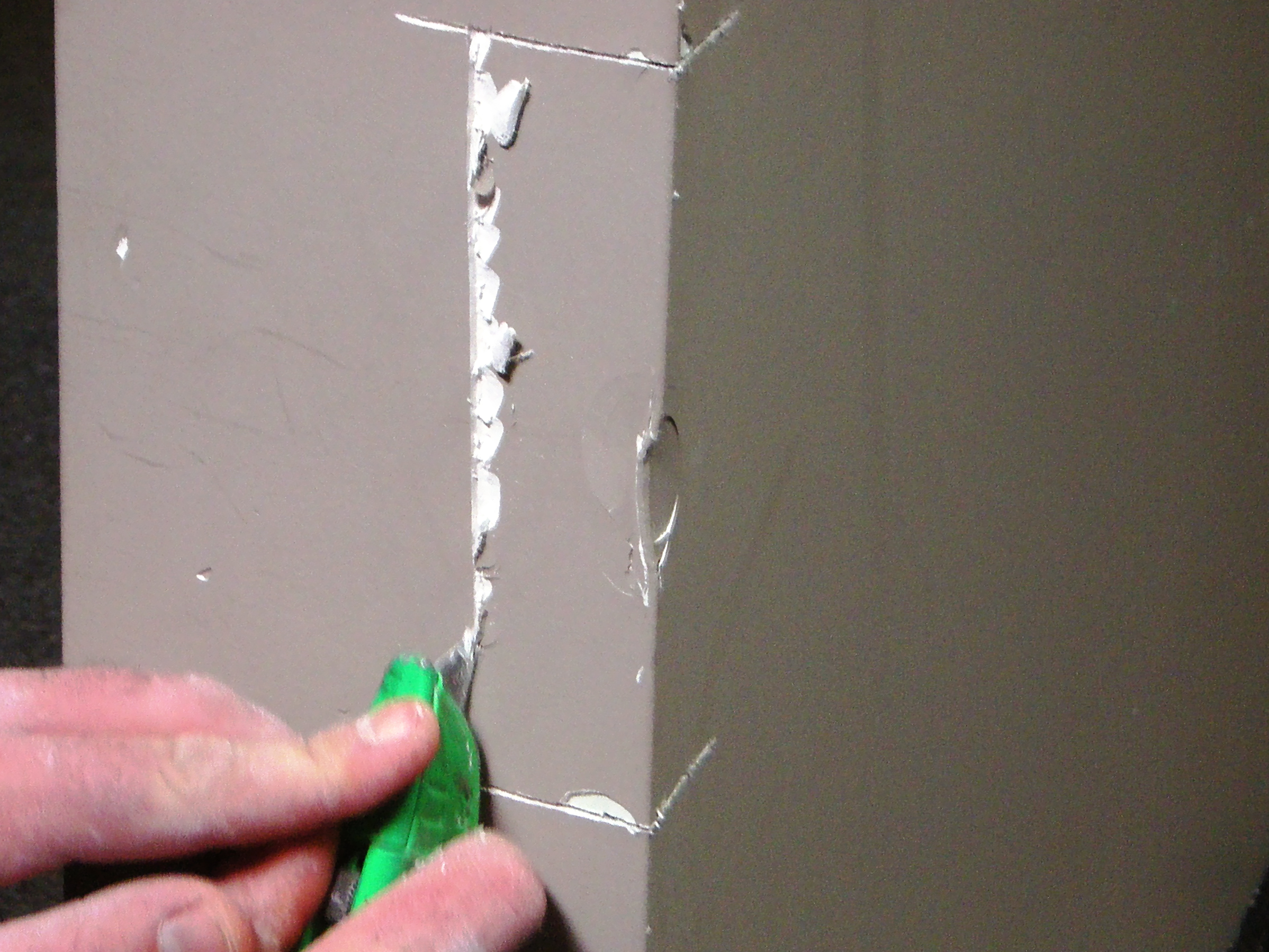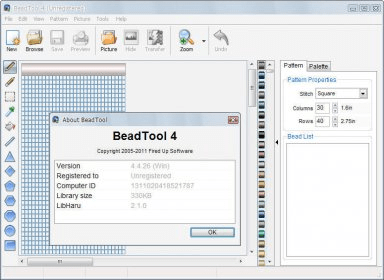

The most common causes for this type of crack are: excess hydrogen, high residual stress levels on the weld, and high carbon content on the base material. A HAZ crack can originate at the toes of the weld or a few millimeters from the weld altogether. The heat affect zone (HAZ) of a weld is not limited to the weld itself but to the immediate area of parent material surrounding the weld. Lets look at the most common types of cracks, their possible causes, and how to prevent them. With this being said, we should not follow a WPS blindly, if there is something we believe is not right we must bring it up to our supervisor’s attention. The use of WPS is not simply to comply with an internal or customer requirement, it is to insure quality. Probably the single, most important tool for preventing cracks is the Welding Procedure Specification (WPS). Welds can fail due to design flaws, but the majority of weld failures occur due to reasons we as welders can prevent. Unfortunately, weld failures can cause injury. Hopefully the consequences are limited to time and money. Whether a weld cracks on a truck’s axle or on the post holding your house’s fence, there are always consequences.

For a perfect size match, get both the bullnose bead and transition cap from a single manufacturer.A weld failure is never good.

Simply nail the blocks where you need them, and cut the strip of bullnose bead to fit. The vinyl cap shown works with both metal and vinyl beads that have a ¾-inch radius and enables you to install moldings up to 4½ inches wide. Fortunately, there's a solution that you can simply nail in place when you're installing the bullnose bead. For example, turning an outside corner with baseboards or crown moldings could call for fancy carpentry skills and tedious fabrication. Composite materials can adapt to square or off-angle applications.īullnose corners add style and interest to your installation, but they can also create problems when you install millwork. Make sure the materials you'll need to execute your design are available before you begin work. If your outside corner is significantly larger or smaller than 90 degrees, ask a drywall supplier about the availability of off-angle bullnose beads. Nail the metal or vinyl bullnose bead into place, spacing the fasteners about 8 inches apart along each leg.


 0 kommentar(er)
0 kommentar(er)
